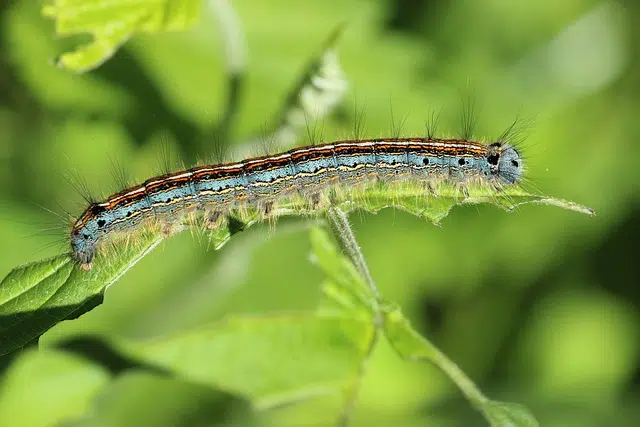
Invertebrate animals lack a backbone.
Invertebrates are animals that do not have a backbone ; that is, they lack vertebration. Therefore, invertebrate animals are those that do not belong to the vertebrate subphylum of the phylum chordates .
The development of the notion of invertebrates corresponds to the French naturalist Jean-Baptiste Lamarck ( 1744 – 1829 ), who recognized the different classes of these animals and proposed the classifications of mollusks, worms, insects and annelids, among others.
Characteristics of invertebrates
Generally, two large groups of invertebrates are recognized: arthropods and non-arthropods . Arthropods are the most diverse phylum in the animal kingdom, with more than a million species (insects, crustaceans, arachnids).
Invertebrates can have external protection, such as beetles , although there are certain animals that do not have any protection, as in the case of octopuses (which lack a shell, the rigid, outer covering that several species have).

Insects are part of the group of invertebrate animals.
Insects and annelids
There are also terrestrial and aquatic invertebrates. The former, although not so numerous, are quite important for ecological balance. Among them we can mention two large groups:
* Insects : they are characterized by having a pair of antennae, three pairs of legs and two pairs of wings, although these quantities may vary according to the species.
* Annelids : they do not have any type of protection and their life expectancy is very short. Within this group are earthworms and leeches.
Aquatic invertebrates
In the aquatic habitat there is a large number of species cataloged within the group of invertebrates; in fact, the vast majority of aquatic animals belong to this classification.
Depending on the aquatic environment in which they live (freshwater or saltwater), they are known as continental or marine aquatic invertebrates . In turn, they can be classified into macro and microivertebrates , taking into account their size. The former are those that can be observed with the naked eye, while to see the latter it is necessary to use a microscope.
In the marine fauna of invertebrate animals, there are also a large number of subgroups, within which various species are located. To mention some of them:
* Sponges or porifera , for example, are aquatic invertebrate animals shaped like a sac or tube with a single opening.
* Crustaceans , such as crabs, prawns, shrimp and lobsters, are invertebrates that live in the aquatic environment, both in fresh water and salt water and at all depths. They are the only arthropods that have two pairs of antennae.
* Most mollusks have a hardened skeletal structure that allows them to protect their soft body from attacks by other animals; such is the case of shells and snails. Other mollusks do not have such protection but they do have weapons to prevent them from being found and escape easily, such as the ink sac in squid. Octopuses are considered one of the most striking species since their organism consists of only a head from which eight tentacles suspend and they usually have completely strange life forms.
Gills for underwater breathing
In general, invertebrates have similar behaviors ; In addition, those that live in aquatic environments have gills, which make up their entire respiratory system and allow them to extract oxygen from the water to survive. However, most of them also have the ability to survive on land.
In the case of crabs, although they belong to the group, they do have a cephalothorax and an abdomen , which makes them quite different from the rest of the invertebrates.
